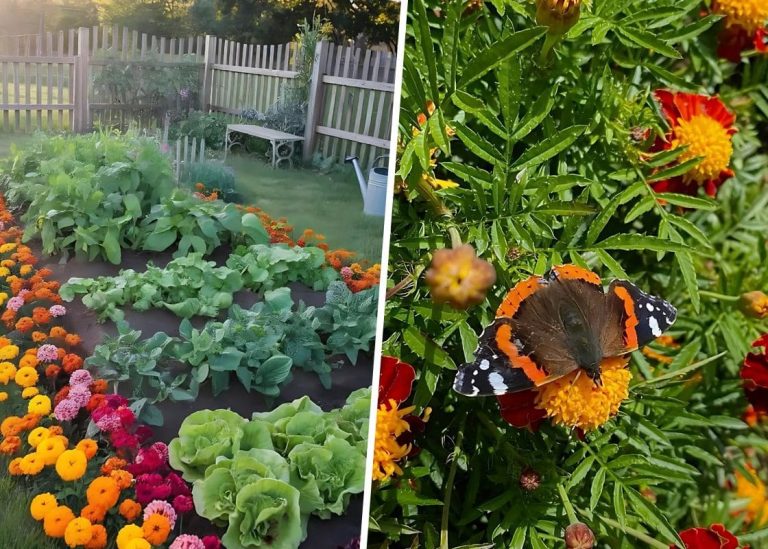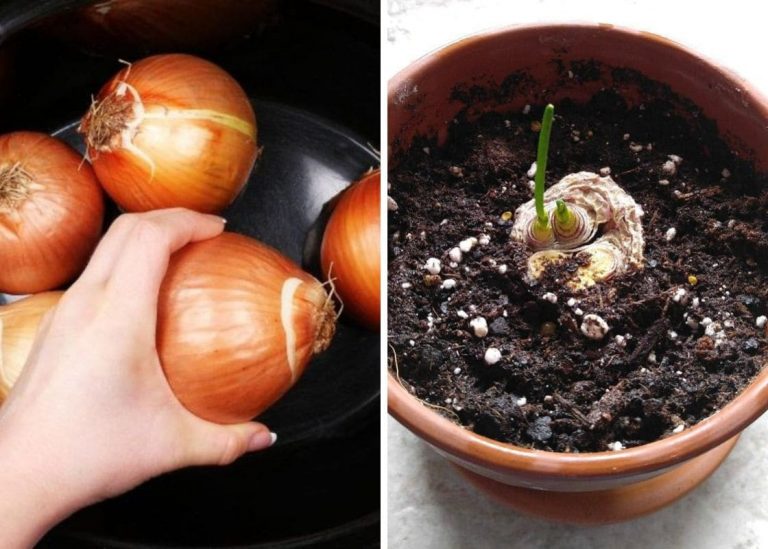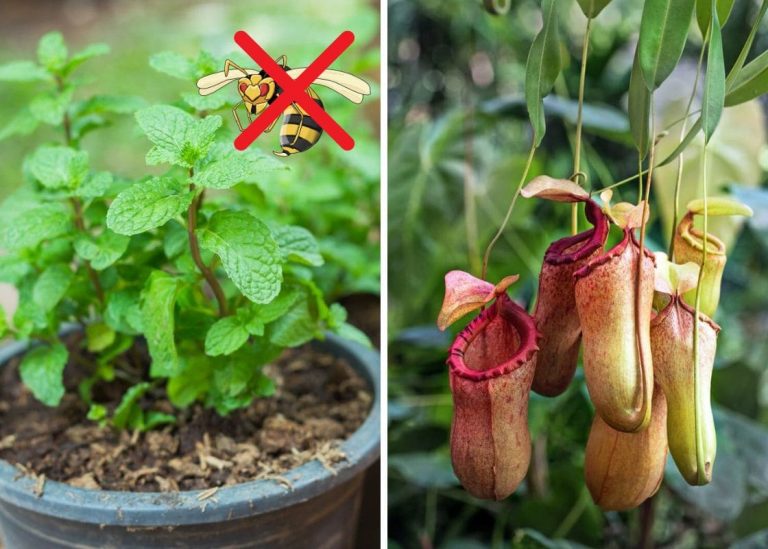9 Secrets to Growing and Blooming Mother-In-Law’s Tongue
It all started with a faint fragrance—sweet, subtle, and strangely nostalgic. I wasn’t cooking anything, and no candle was burning. I looked around and, to my utter amazement, the delicate scent was wafting from the corner of my living room. My Mother-In-Law’s Tongue, usually stoic and silent in her green-and-silver glory, had sent up a flower stalk overnight. It stood tall and proud, dotted with tiny, pale blossoms I had never seen before.
I blinked. I leaned in. And then I grinned.
I’ve cared for this plant for years, always admiring her resilience and structure. But I’d never expected her to bloom. That moment felt like a reward—not just for the plant, but for me too. A quiet, fragrant thank-you for patient tending.
If you’ve ever thought of the Snake Plant as a strictly foliage plant, I’m here to change your mind. Yes, it’s hardy. Yes, it’s forgiving. But it also holds a hidden gift—and if you treat it just right, it just might bloom for you, too.
So let’s dive in together. I’ll share everything I’ve learned—what to do, what not to do, and the tiny tricks that worked wonders in my own home.
1. Provide the Right Light
The number one secret? Bright, indirect sunlight.
I’ve moved my plant all over the house, but the blooms only came when I found that sweet spot: near my east-facing window. Morning sun pours in gently, never scorching but always encouraging.
- Do: Choose a spot that gets lots of bright, filtered light.
- Don’t: Leave it in low light forever—it’ll survive, but it won’t bloom.
- Tip: South or east-facing windows work best. You can also use a grow light in darker rooms.

2. Water Wisely
Snake plants hate soggy feet. That’s garden talk for overwatering—and trust me, that’s a quick way to lose your plant.
Here’s what I do:
- I water every 2–3 weeks, only when the top 1–2 inches of soil are bone dry.
- In winter, I water once a month—or even less.
Reminder: Always touch the soil before watering. It’s a simple habit that saves a lot of heartache.

3. Use the Right Soil
This plant loves to breathe.
I use a cactus or succulent mix, sometimes adding a handful of perlite for better drainage. If you’re using regular potting soil, lighten it up with sand or orchid bark.
- Don’t: Use heavy garden soil or mixes that retain water.
- Do: Ensure the pot has drainage holes—always.

4. Fertilize During the Growing Season
This plant isn’t greedy. In fact, it’s kind of minimalist. Over-fertilizing can lead to a buildup of salts in the soil, which harms the roots. So, go easy and only feed your plant during its active growing season.
In spring and summer, I give it a half-strength liquid fertilizer once a month. That’s all. In fall and winter, none at all.
- Don’t: Over-fertilize. It can burn the roots.
- Do: Use a balanced 10-10-10 or 20-20-20 formula, diluted.
5. Ensure Proper Temperature and Humidity
Snake Plants are quite forgiving when it comes to temperature, but they prefer a range of 60–85°F (15–29°C). Keep them away from cold drafts or freezing temperatures, as they’re not frost-hardy.
As for humidity, these plants do well in average indoor conditions. While they can tolerate dry air, I’ve noticed they grow faster and healthier with moderate humidity.
Tip: The plant isn’t picky, but if you’re in an area with dry air (like me), just give it an occasional misting. This helps it stay happy, but don’t overdo it.
6. Repot Only When Needed
The beauty of this plant is that it doesn’t need to be repotted often. I usually wait until I see roots poking out of the drainage holes or it’s been 2–3 years. Snake plants actually like being a little root-bound!
Tip: Don’t rush to repot—give it some time. If the plant’s leaves are still strong and healthy, there’s no need to disturb its roots.
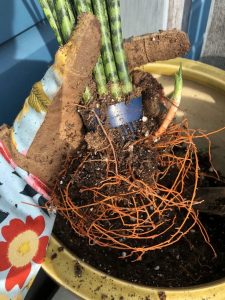
7. Encourage Blooming
Yes, it’s true—Mother-In-Law’s Tongue can bloom, but it’s a rare treat! Blooms typically appear as small, fragrant white or greenish flowers on tall stalks. Here’s how you can encourage blooming:
- Mimic stress: Surprisingly, a bit of stress can prompt the plant to flower. Let the soil dry out more than usual or place the plant in a slightly tighter pot. This signals to the plant that it’s time to reproduce, leading to flowering.
- Bright light: More light is one of the easiest ways to encourage blooms. A spot with bright, indirect sunlight is ideal.
- Consistency in care: Healthy plants are more likely to bloom, so stick to a consistent watering and fertilizing schedule.
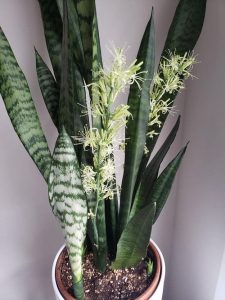
My Experience: My first bloom came after I moved my plant into a tighter pot. A couple of weeks later, I was stunned to find a tall, slender stalk with fragrant white flowers.
8. Prune for Health
While snake plants are low-maintenance, occasional pruning helps keep them looking their best. Remove any yellowing, damaged, or older leaves at the base.
Pruning also redirects the plant’s energy toward new growth and, potentially, flowers.

9. Propagate and Share the Love
Want more plants? Mother-In-Law’s Tongue is generous.
I love making cuttings to give as gifts to friends. It’s simple:
-
Cut a healthy leaf into 2–3-inch pieces.
-
Let them dry (callous) for 1–2 days.
-
Plant in dry soil, and don’t water for a week.
Soon, you’ll see roots—and a whole new plant family.
FAQs
1. How often should I water my Mother-In-Law’s Tongue?
Water it every two to three weeks during the growing season and less in winter. Always check the soil first to avoid overwatering.
2. Can my Snake Plant survive in low light?
Yes, it can, but it thrives and blooms best in bright, indirect light.
3. How do I encourage my Mother-In-Law’s Tongue to bloom?
Stress it a bit by letting the soil dry out more or placing it in a tighter pot, and make sure it gets plenty of light.
4. When should I repot my Snake Plant?
Repot it only when necessary—typically every 2–3 years, or when you see roots pushing out of the drainage holes.
5. Can I propagate my Mother-In-Law’s Tongue?
Yes! You can propagate it easily by cutting healthy leaves and placing them in soil or water until roots form.
Final Thoughts
Growing Mother-In-Law’s Tongue isn’t just about greenery—it’s about patience, presence, and tiny surprises that warm your heart. For me, the moment mine bloomed reminded me why I garden: for the quiet, beautiful moments that whisper, “You’re doing just fine.”
Thanks for stopping by, friend. If this helped you, share it with someone who’s also chasing their first bloom. And never forget—the smallest bloom can bring the biggest joy. Happy growing!



